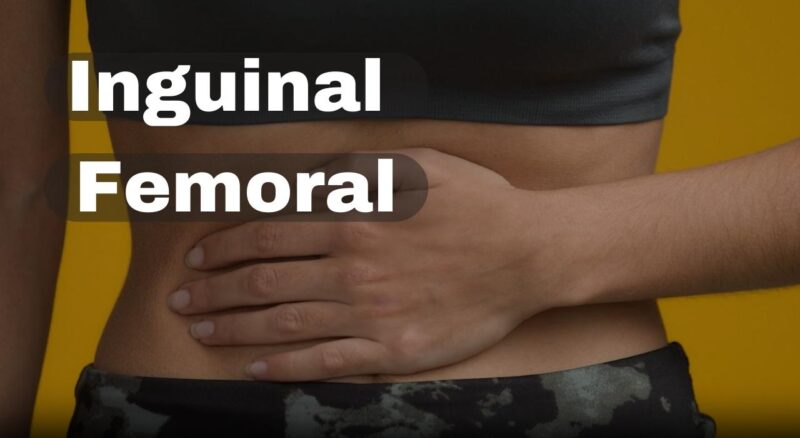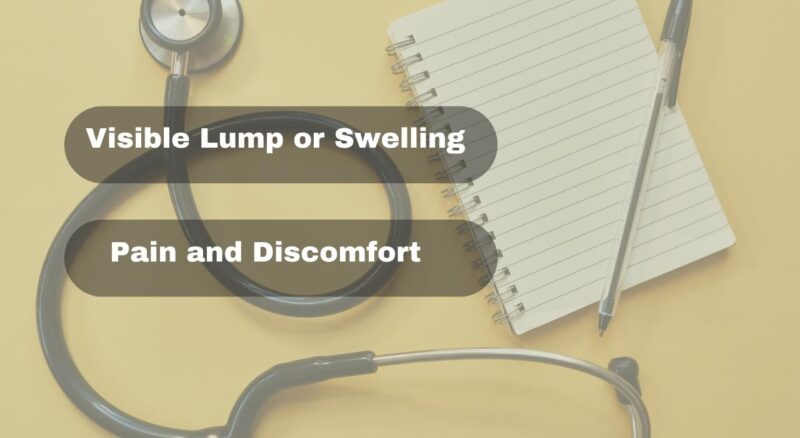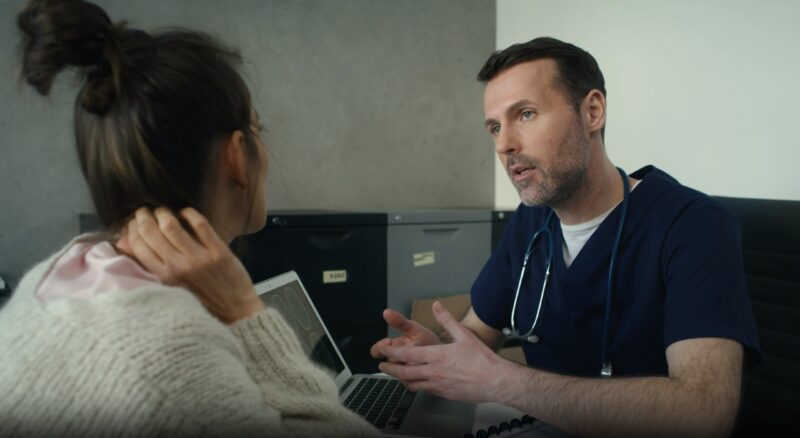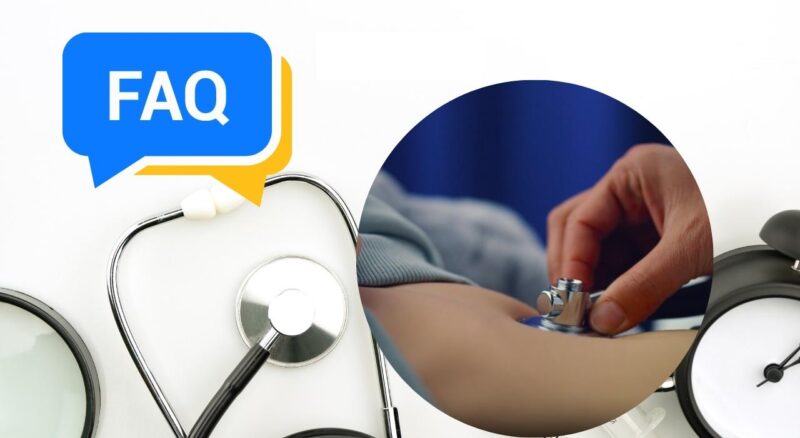As a specialist with over a decade of experience in studying and treating abdominal and pelvic health concerns, one of the most overlooked conditions I’ve encountered, especially in women, is hernia.
Contrary to popular belief, this condition isn’t exclusive to men. Women, too, are susceptible, and the manifestation of symptoms can sometimes be unique and subtle. Over the years, I’ve seen numerous cases where early diagnosis has made a significant difference.
Through this guide, I aim to shed light on the common symptoms of hernia in women, drawing from my clinical experiences and the latest medical research.
The Basics
A hernia occurs when an organ or fatty tissue squeezes through a weak spot in the surrounding muscle or connective tissue called fascia. The most common types are in the abdomen, but they can also appear in the upper thigh, belly button, and groin areas.
Women, due to certain physiological differences, might experience specific types of hernias more often than men.
Causes and Risk Factors
The primary cause of this condition is a combination of muscle weakness and strain. While some can be present at birth, others develop later in life. Factors that strain your body and may cause this condition include pregnancy, childbirth, constipation, and heavy lifting.
Additionally, a history of previous surgeries, chronic cough, or obesity can increase the risk in women.
Types of Hernias in Women

Women might be prone to certain types of this condition due to anatomical and physiological factors.
Inguinal
This is the most common type in both men and women. However, in women, it often goes unnoticed because it’s smaller and less pronounced. It occurs when a part of the intestine pushes through a weak spot in the lower abdominal muscles.
Women might feel a burning or sharp pain near the fold of the groin.
Femoral
Femoral hernias are more common in women than in men. They appear just below the groin, where the femoral artery and vein pass. This condition is caused by the intestine or fatty tissue pushing into the canal that carries the femoral artery.
The main symptom is a bulge near the groin or thigh, which might cause severe discomfort.
How to Recognize the Symptoms?

Knowledge is power. Recognizing early symptoms can lead to timely diagnosis and treatment.
-
Visible Lump or Swelling
One of the most evident symptoms of is a visible lump or swelling in the affected area. For women, these lumps might appear in the groin area, especially after standing or exerting physical force.
The lump might disappear when lying down. It’s crucial to get any unusual lumps checked by a doctor, even if they’re painless.
-
Pain and Discomfort
Pain is another common symptom. Depending on the location and size of the hernia, women might experience a dull aching sensation, sharp pains, or even a burning feeling. Activities like bending over, lifting objects, or even coughing might exacerbate this pain.
Other Physical Indications
Often, hernias manifest through multiple physical symptoms. Being aware of these can help in early detection.
-
Pressure and Heaviness
Women may feel a sense of pressure or heaviness in the abdomen or groin area, especially after a long day or after physical activity. This sensation isn’t just restricted to the lump’s immediate area and can be more generalized, often mistaken for fatigue or muscle strain.
-
Skin Changes
In some cases, the skin over the hernia might become red, irritated, or swollen. These changes can be due to the increased blood flow to the area or because of an incarcerated hernia, where a piece of the intestine becomes stuck in the abdominal wall.
This requires immediate medical attention.
Digestive Symptoms

Some hernias can influence the digestive system, leading to a series of related symptoms.
-
Nausea and Vomiting
If a piece of intestine gets trapped in the hernial sac – a condition known as bowel obstruction – it can lead to nausea and vomiting. This is a severe condition and needs prompt medical attention, as it can cut off the blood supply to the part of the intestine that’s trapped.
-
Constipation
An incarcerated hernia might also lead to constipation, as it can partially block the passage of stool. This symptom, combined with abdominal pain or bloating, should be taken seriously, and a doctor should be consulted.
Symptoms in Rare Cases
This condition can sometimes present with less common symptoms, which are equally important to note.
Frequent Urination
Especially in the case of a large inguinal or femoral hernia, the bladder can be pressed upon, leading to frequent urination. While this symptom can be associated with various conditions, in conjunction with others, it might indicate a hernia.
Shortness of Breath
Large hiatal hernias, which occur when the upper part of the stomach pushes through the diaphragm into the chest cavity, might cause shortness of breath. This happens as the hernia compresses the lungs or affects the diaphragm’s functionality.
Diagnosis and Next Steps

Recognizing symptoms is the first step. The next is diagnosis and understanding the way forward.
1. Physical Examination
When suspected of having a hernia, the first step in the diagnostic process is a physical exam. A doctor will check for visible lumps and might ask the patient to stand and cough or strain to see if the lump becomes more pronounced.
2. Tests
In cases where the hernia isn’t easily visible or palpable, imaging tests like X-rays, MRIs, or CT scans might be recommended. These tests can provide a clearer view of the herniated organ and its surroundings.
Prevention and Care
Avoiding hernias is possible with some preventive measures and self-care.
Strengthening Core Muscles
Engaging in exercises that strengthen the abdominal muscles can help in preventing hernias. However, it’s essential to practice proper techniques and avoid excessive strain.
Maintain a Healthy Weight
Being overweight increases the risk of hernias due to the added pressure on the abdominal muscles. A balanced diet and regular exercise can be beneficial in maintaining an ideal weight.
When to See a Doctor
It’s imperative to consult with a healthcare professional if any of these symptoms are experienced. Even if the symptoms are mild, it’s crucial to get them checked out. Delaying a diagnosis can lead to complications, making treatment more challenging.
Treatment Options
Based on the hernia’s type and severity, a doctor might recommend anything from watchful waiting to surgical interventions. Understanding all available options is vital for informed decision-making.
FAQs:

Can Women Develop Hernias Even if They Have Never Given Birth or Been Pregnant?
Absolutely. While pregnancy and childbirth can increase the risk of this condition due to the strain they put on the abdominal muscles, women can develop it for various other reasons.
These can include lifting heavy weights, chronic coughing, previous surgeries, or even genetic predispositions.
Are Hernias in Women More Difficult to Diagnose than In Men?
Sometimes. The symptoms in women can be subtler, especially in the case of small inguinal hernias. Women might not notice a pronounced lump or might mistake the pain for menstrual cramps or other conditions.
Therefore, it’s crucial to be aware of the potential signs and seek medical attention if something feels off.
Can These Go Away on Their Own?
Hernias do not typically go away on their own. Even if the symptoms temporarily subside, the underlying weakness in the muscle or tissue remains. Over time, they may even get larger or lead to complications.
It’s essential to consult a doctor for a proper assessment.
Are Women of A Certain Age Group More Susceptible to Hernias?
These can occur at any age. However, certain factors like pregnancy, childbirth, and menopause, where connective tissues might weaken due to hormonal changes, can make women in specific age groups more susceptible. Additionally, the risk might increase with age due to the natural weakening of muscles over time.
Can Regular Exercise Increase the Risk of Developing This Condition?
Regular exercise, when done correctly, can strengthen muscles and decrease the risk of hernias. However, overexertion, improper techniques, or lifting weights that are too heavy can strain the muscles and increase the risk.
It’s essential to ensure proper form and gradually build up intensity to avoid injuries.
Summary
In my years of practice, I’ve consistently emphasized the importance of awareness and timely intervention. Remember, the body has its way of signaling when something is amiss.
Listening to it, understanding the signs, and seeking professional advice can make all the difference when it comes to hernia in women. Stay vigilant, prioritize your health, and always reach out if you have concerns.
Your well-being is paramount, and as a specialist, my ultimate goal is to ensure you lead a healthy, fulfilling life.

